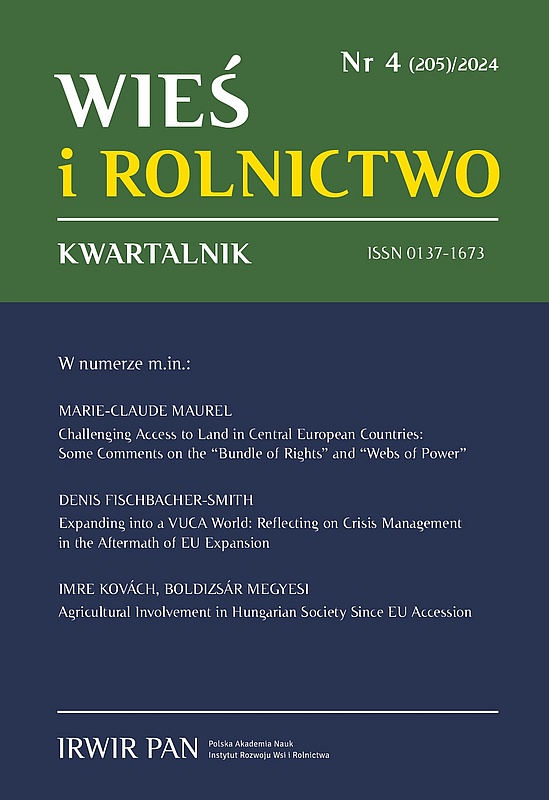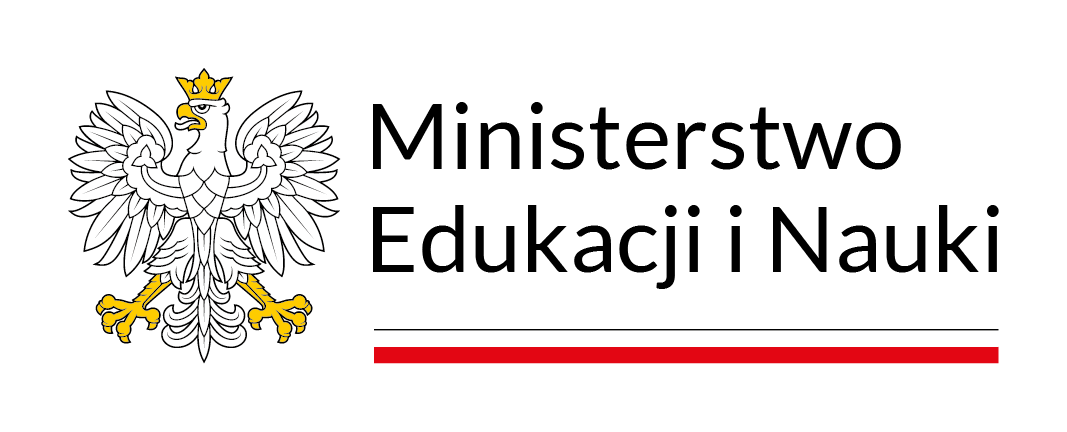An Experience of Decollectivisation in Search of its European Itinerary: The Case of Lithuania
DOI:
https://doi.org/10.53098/wir.2024.4.205/04Keywords:
Lithuania, decollectivisation, social forms of production, family farm, agricultural enterpriseAbstract
After the fall of the Iron Curtain, the post-communist European countries embarked on a process of decollectivisation, which, due to the historical legacy, the political environment, and the methods of privatisation chosen in each country, had its specific features and which has created a mosaic of agrarian structures in the old continent. Lithuania, having experienced Soviet collectivism, has returned to the model of family farms that was created during the interwar period. However, family farms which vary in size and production objectives coexist with agricultural enterprises with different legal statuses. This paper aims to analyse the mutation and territorial spread of agrarian structures in the face of radically changing political and economic contexts. Taking into consideration the lasting nature of territorial structures, it is necessary to assess the role of the historical factor in the transformation of rural areas and to determine how inherited territorial structures influence the adaptation of the new agrarian structures in the area. The transformation of agrarian structures is analysed at national and municipal territorial levels.
References
Alanen I. (1995). The family farm ideology, the baltic countries, and the theories of development. Eastern European Countryside, 1, 5–22.
Aleknavičius P. (2001). Pirmas žemes reformos dešimtmetis. Vilnius: Jandrija.
Lamarche H. (1991). L’agriculture familiale. Une réalité polymorphe. Paris: Harmattan.
Laurinaite-Šimelevičiene J., Rakauske R. (2019). Didžiausi Lietuvos žemvaldžiai: tukstančiai hektaru – saujeles rankose. Delfi & Reitingai. https://www.delfi.lt/apps/turtingiausieji/zemvaldziai/ (access: 20th June 2022).
Lietuvos agrarines ekonomikos institutas (2001). Lietuvos žemes ukis 2000: raida ir perspektyvos. Vilnius: Baltijos kopija.
Lietuvos Respublikos žemes ukio ministerija (2013). Es paramos itaka žemes ukiui ir kaimo pletrai. Tyrimo santrauka. Vilnius: UAB „Ekonomines konsultacijos ir tyrimai”. https://zum.lrv.lt/uploads/zum/documents/files/LT_versija/Veiklos_sritys/Kaimo_pletra/Programos_stebesena_ir_vertinimas/Vertinimo_veikla/SparamospoveikioZUvertinimassantrauka.pdf (access: 2nd April 2024).
Mačiulyte J. (2009). Trajectoire agraire lituanienne: Enjeux du changement des modeles agricoles. In: A. Berger, P. Chevalier, G. Cortes, M. Dedeire (eds.). Héritages et trajectoires rurales en Europe (pp. 139–161). Paris: L’Harmattan.
Mačiulyte J. (2003). Dekoletyvizacijos procesas Lietuvos kaimiškose teritorijose. Geografija, 39(2), 31–37.
Mačiulyte J. (2001). Les mutations agraires dans l’espace lituanien. Montpellier: Université Paul Valéry.
Mačiulyte J., Maurel, M.-C. (1998). Décollectivisation et indépendance: La trajectoire agraire lituanienne. Bulletin de l’Association de Géographes Français, 75(4), 455–469. DOI: https://doi.org/10.3406/bagf.1998.2082
Maurel M.-C. (2018). La réappropriation fonciere dans les campagnes d’Europe centrale. In: G. Chouquer, M.-C. Maurel (eds.). Les mutations récentes du foncier et des agricultures en Europe (pp. 113–136). Besançon: Presses Universitaires de Franche-Comté. DOI: https://doi.org/10.4000/books.pufc.5688
Maurel M.-C. (2015). From disappearance to recovery: Family farming in Central Europe questioning the path dependency hypothesis. Wieś i Rolnictwo, 1.1(166.1), 79–105. DOI: https://doi.org/10.53098/wir.2015.1.1.166.1/05
Maurel M.-C. (2012). La grande maille agraire en Europe Centrale: Un invariant spatiotemporel? Études Rurales, 190, 25–47. DOI: https://doi.org/10.4000/etudesrurales.9664
Maurel M.-C. (1994). La transition post-collectiviste: Mutations agraires en Europe centrale. Paris: L’Harmattan.
Pouliquen A. (1993). Agriculture post-communistes en Europe centrale: Récession, protection, restructuration lente. Économie Rurale, (214–215), 6–11. DOI: https://doi.org/10.3406/ecoru.1993.4520
Rey V. (1996). Les nouvelles campagnes de l’Europe centrale orientale. Paris: CNRS Editions.
Sivignon M. (1992). La diffusion des modeles agricoles: Essai d’interprétation des agricultures de l’est et du sud de l’Europe. Revue Géographique des Pyrénées et du Sud-Ouest, 63(2), 133–154. DOI: https://doi.org/10.3406/rgpso.1992.3287











